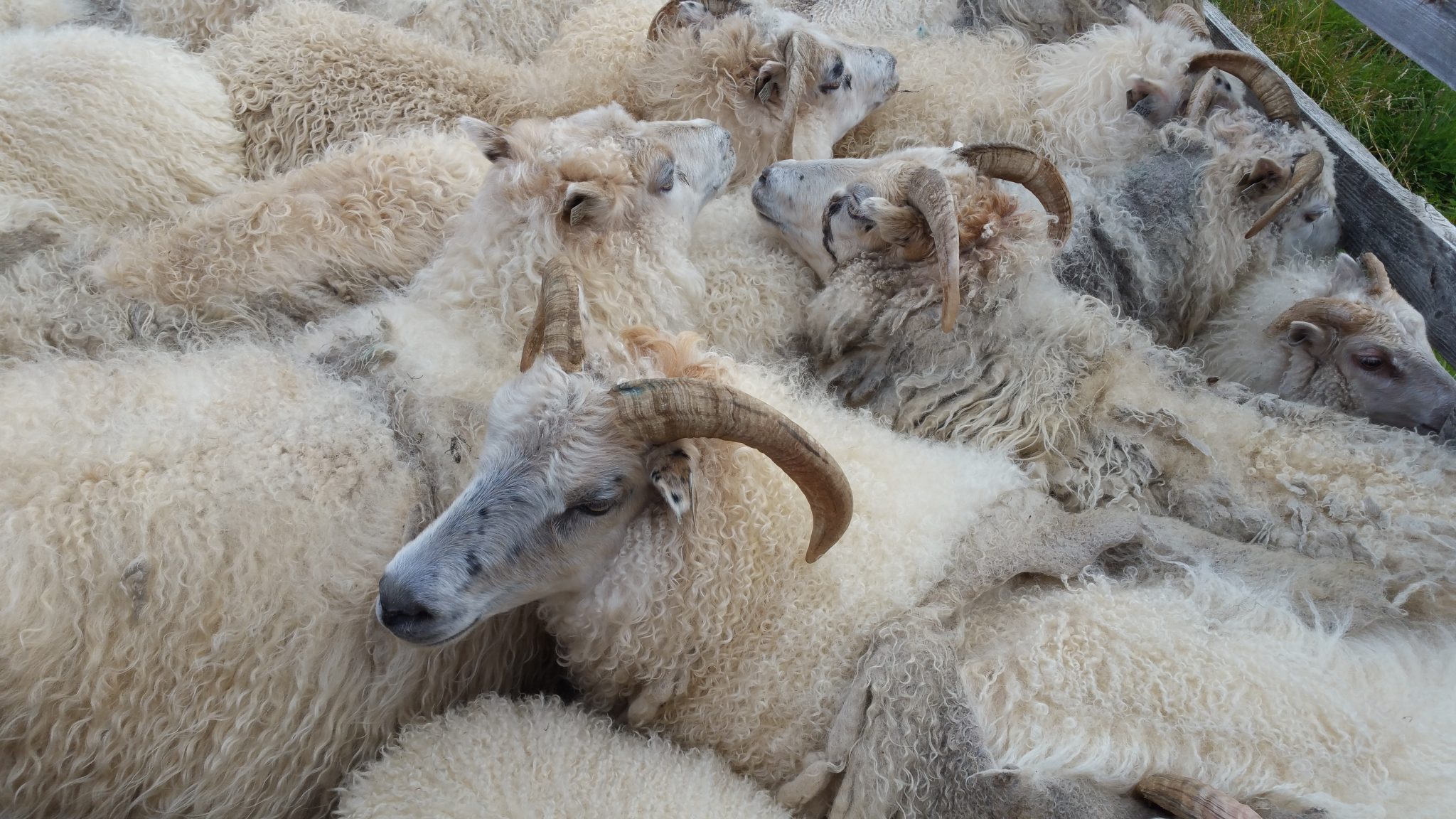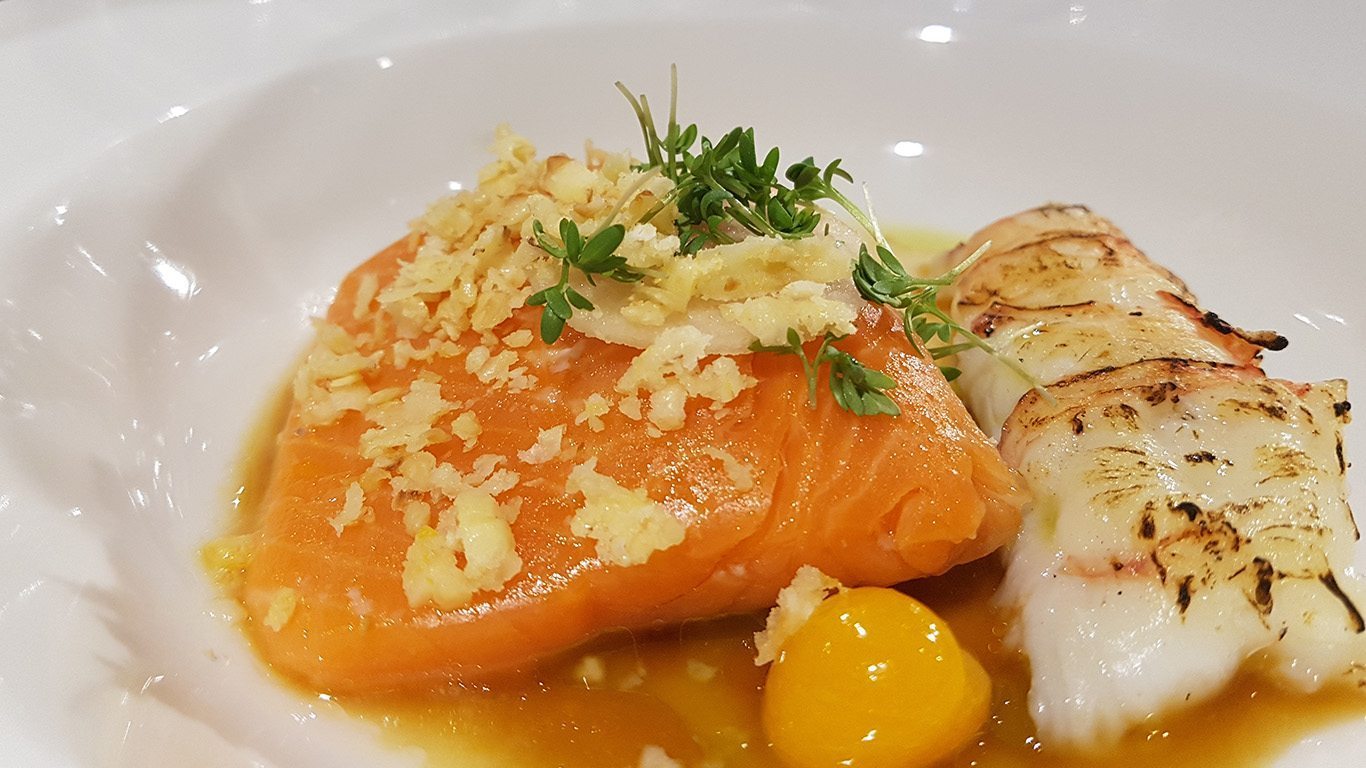Skaftárhreppur
The district Skaftárhreppur is located on the south coast of Iceland between two areas of sand, Mýrdalssandur and Skeiðarársandur. The only urban area is the village Kirkjubæjarklaustur. The farmers that owned land by the sea benefitted from seals, trout fishing, and driftwood. After heavy waves, farmers often went to the beach to catch fish that the waves had thrown ashore. The fish had to be retrieved before the birds.
Many landholdings in county Vestur-Skaftafellssýsla were large and therefore suitable for sheep farming. Farmers took part in selling sheep to Britain through the Stokkseyri Association.

It was a long way for the residents to go to the store; one was in Eyrarbakki village and the other in Papós by Höfn. After trade began in Vík, the journey was considerably shortened, and in 1908 goods were transported to Skaftárós.
The Skaftártungu cheese: Milk is heated, so it becomes warm, and then rennet is added to it. Stir over low heat after it starts to thicken. At first, slowly but quickly until the jellies became as small as crumbs. Then the pot was taken out of the fire, covered, and let stand for 5 - 10 min. The cheese was kneaded and placed in a container for 24 hours. Taken and salted and placed in brine and then dried and stored in a dry and cool place without draft. Daily turned and damped a dough cloth. The women from Skáftártunga felt that they did not get proper cheeses after they stopped using sheep's milk.
Eel fishing was in Landbrot and Meðalland and is considered gentleman's food in many parts of the world. Strain traps were used for fishing, but it was mostly done around 1960. For a long time, it was possible to get eel from Sægreifinn in Reykjavík, as the owner was Kjartan, who came from Meðalland. The eel was salted or smoked, and the skin was used for shoestrings. Icelanders did not like eel, so most of it was exported. Not as much eel is seen now as before, and there has been little organized fishing around it. This may be due to the swamp drainage. However, you can still see eels in Meðalland and Landbrot if you search carefully. Lyme grass was used in the district, and most of it was in Meðalland and Álftaver. The grain was used for baking bread, cakes, and for porridge. Lyme grass is nowadays used in land reclamation where there are sand drifts or wind erosion. It would be good to maintain the old traditional method of Skaftafell and use the lyme grass in developing methods for food or crafts today.

- For lummur (small Icelandic pancakes), all kinds of grain and porridge leftovers were used and fried in a pan. The residents of Skaftafell made lummur from Lyme grass flour.
- Great skua eggs were picked, and fulmar was hunted in the Álftaver district.
- There is a lot of trout in the rivers in the area, Kúðafljót, Tungufljót, Eldvatn, and Grenlækur. At Klaustur there is a charr farm, Klaustursbleikja
- In Seglbúðir, the farm is a slaughterhouse, and in Borgarfell farm, a meat processing plant. There is a lack of information about their status and whether they are still running.
- At Sandhóll farm in Meðalland, various useful herbs have been cultivated recently, for example, oats, barley, and rapeseed. You can buy rapeseed oil, barley, oats, and beef.
- Grasa Þórunn was an herbalist and midwife born in Skaftártunga and a midwife in Fljótshverfi. She was well acquainted with plants and what plants could be used for various medical purposes.
- Rutabaga was grown in Maríubakki farm, which is utterly different from other Nordic beet stocks. Seeds were obtained from the Kálfafell farm, and the variant has never left the area.
- In the county Skaftafellssýsla, smoked sheep belly flesh pâté was prepared. The sheep belly was boiled with as little water as possible, and the scum was removed—one layer on top of another and salt in between. Then the scum was poured over at the end, then heavyweight placed on top of it and stored in a cool place. Sausages were not common in these areas.
